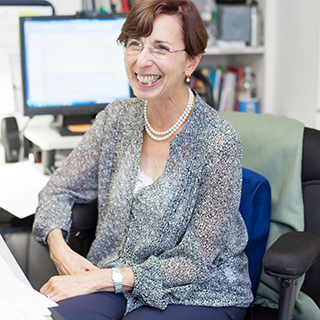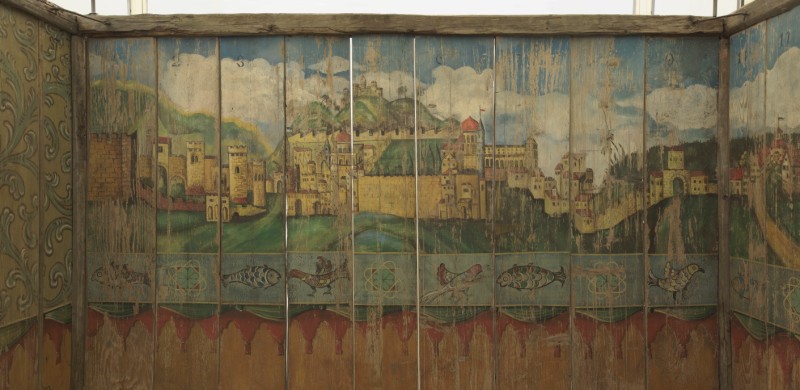A Sukkah Remembers


Painted sukkah with a view of Jerusalem, late 19th century, Austria.
Photo: CC BY-SA 4.0, Moise Nedjar.
In his poem “The Jews,” Yehuda Amichai (1924–2000) bestows on us a full typology of the Jewish people—from the standpoints of both Jews themselves and outsiders. Some of those images remain with us: the Jew wearing a Turkish turban in a Rembrandt painting, the Chagall Jew holding a violin as he flies over rooftops, and other vivid images. In the middle of the poem, Amichai mentions a sukkah—his grandfather’s sukkah, in particular. Amichai turns the memory of the Israelites’ wanderings in the desert that the sukkah usually evokes on its head, and describes the sukkah as an object that itself remembers and reflects back to us the history of the Jews.
A Jewish man remembers the sukkah in his grandfather’s home
And the sukkah remembers for him
The wandering in the desert that remembers
The grace of youth and the tablets of the Ten Commandments
And the Golden Calf and the thirst and the hunger
That remembers Egypt.
The sukkah helps the Jews remember their history and their covenant with God. The image of the 19th century sukkah from the collection of the Paris Jewish Museum expresses this notion with its elaborate panels depicting not only images of an Austrian village, the dwelling of the owner of the sukkah, but also a view of Jerusalem, the walls of the old city, and the Decalogue.
I hope that this year you invite into your sukkah not only your friends and family but also those who are no longer with us yet remain part of our memories of the past.



